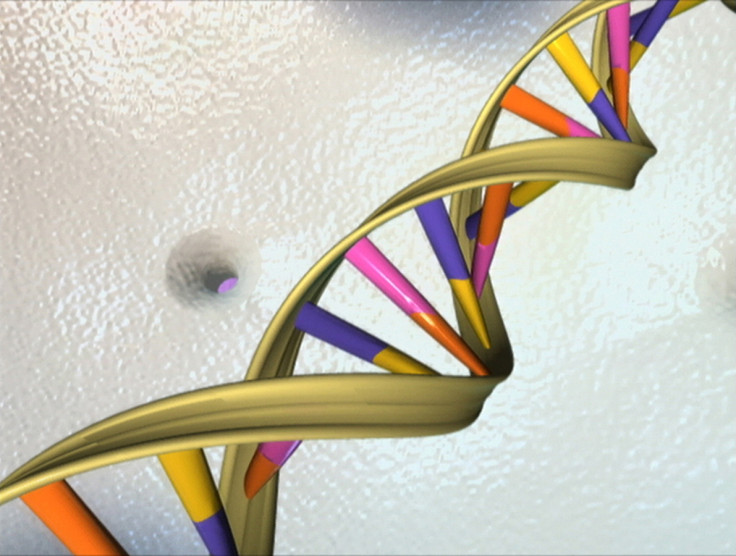Stem cells engineered using genome editing technology

Genome editing technology has been shown to be effective at engineering stem cells for potential treatments and to study diseases and test drugs.
Technologies like CRISPR and TALEN can trim, disrupt, replace or add to gene sequences on an organism's DNA and have been in use in labs for some time.
But in a first, the Johns Hopkins team used the techniques to modify and tailor human-induced pluripotent stem cells (iPSCs).
Human iPSCs are adult cells reprogrammed to act like embryonic stem cells and develop into any specified cell type.
The genome editing method uses an enzyme that pins together DNA with a piece of small RNA that guides the tool to where researchers want to introduce changes in the genome.
While CRISPR has been known to generate genomic changes far more efficiently than other gene editing techniques, there have been fears of it leading to unintended changes on off-target genes.
The present work compared two genome editing systems – CRISPR and TALEN – in cutting piece of genes and in replacing some in the stem cells.
Using three model genes that cause health disorders on mutation, the team found that both editing techniques worked equally well in replacing parts of the gene, while CRISPR was quicker at cutting.
Both showed same homing ability in targeting specific genes but CRISPR could be designed to target only the mutated gene, leaving healthy ones untouched.
Experts fear
Gene drives that select some genes and even include some man-made ones, driving particular traits to spread through a species, could present environmental and security challenges warned experts last year.
Any gene variant given an artificial boost could eliminate other versions of the genes whose evolutionary importance scientists have no idea of. One gene is often responsible for more than one trait.
Researchers argue that unlike genetic modification where genes from other species are inserted into a genome, the editing technique much like natural mutation, allows plant scientists to engineer food crops without using foreign genes.
© Copyright IBTimes 2025. All rights reserved.





















